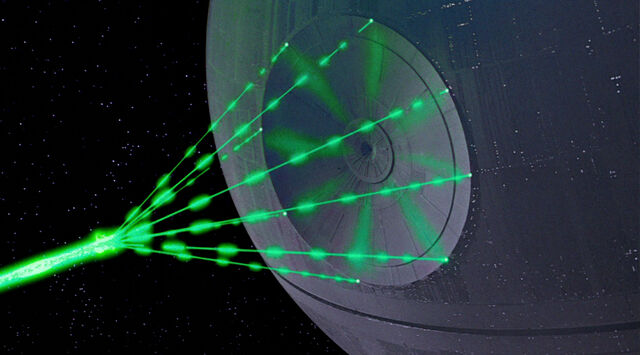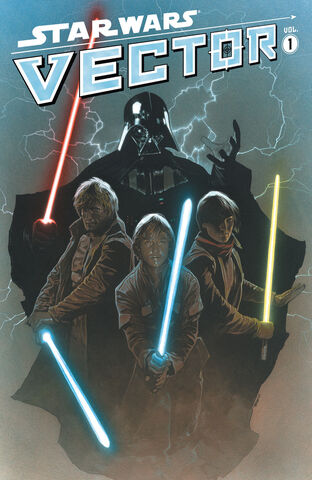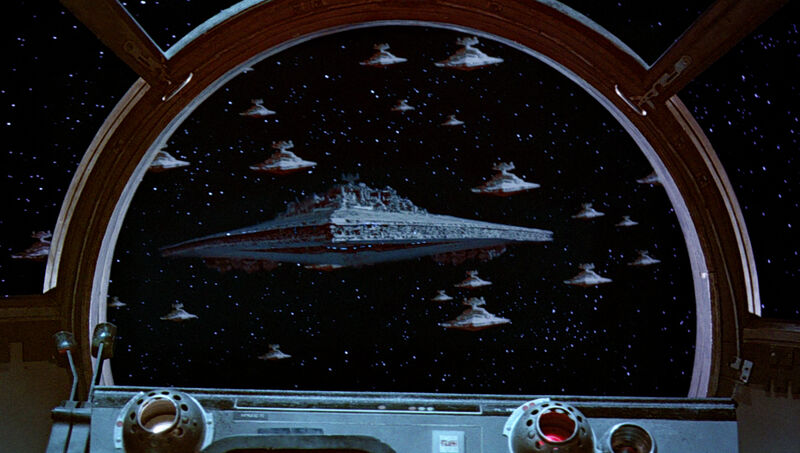
A couple of weeks ago, my In Defense of Superweapons article omitted Centerpoint Station, save perhaps as a vague mention as falling into the ancient star-killing tech category. Some commentators wondered about that, which in turn led to this!
Centerpoint Station is, to me, quite different from all the other superweapons – for they were designed as weapons. All of them have a quite clear and defined intent – to kill and destroy on a mammoth scale! Centerpoint Station is not this. Oh sure, the Empire advanced the line that the Death Star was for asteroid clearance but the duplicity and lack of belief in the statement is obvious. The Death Star projects exist for one purpose: To terrify a galaxy back in line. (Although it could be said the designers or the Empire didn’t really consider the full implications of their success.)
In contrast Centerpoint Station was created by its ancient builders to do just that – build! With Centerpoint Station we are no longer in the area of technology being created to kill but rather technology being perverted from its original aims!


 n one side, John Ostrander and frequent collaborator, Jan Duursema; on the other, John Jackson Miller. These individuals have arguably been the heart and soul of the comics Expanded Universe for the last decade. When both Legacy and Knights of the Old Republic were running, it was a golden age for Star Wars (SW) comics. Dark Horse Comics’ (DHC) axing of both titles was their biggest and most spectacular own goal, though opting for miniseries a la the Mignolaverse isn’t far behind.
n one side, John Ostrander and frequent collaborator, Jan Duursema; on the other, John Jackson Miller. These individuals have arguably been the heart and soul of the comics Expanded Universe for the last decade. When both Legacy and Knights of the Old Republic were running, it was a golden age for Star Wars (SW) comics. Dark Horse Comics’ (DHC) axing of both titles was their biggest and most spectacular own goal, though opting for miniseries a la the Mignolaverse isn’t far behind.
